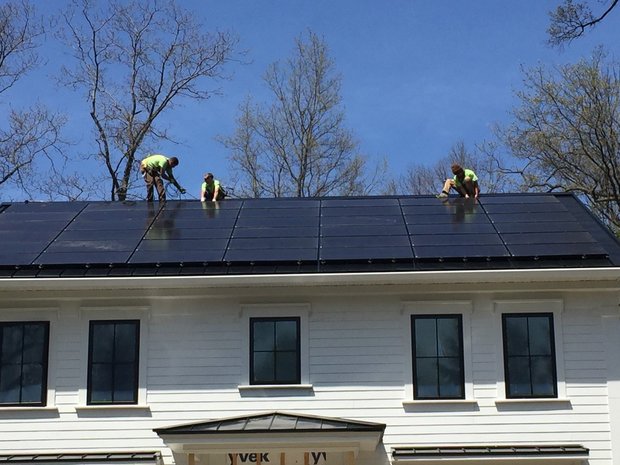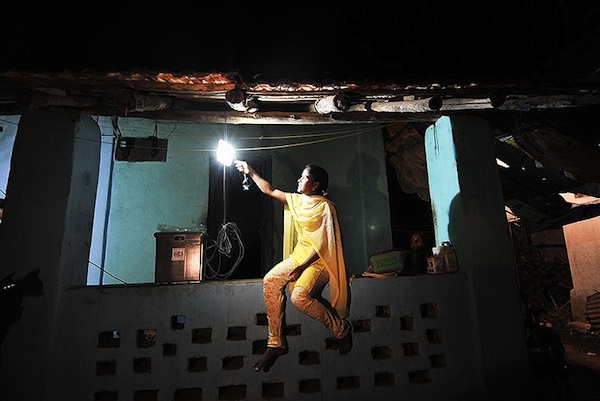While Ohio’s legislature has tried to further weaken the state’s renewable energy standards, lawmakers from two other states – Maryland and Michigan – have beefed up their state’s standards. Maryland is the latest state to do so. Its general assembly passed a law last year that required 22 percent of the electricity sold in the state to be produced by renewable sources by 2020. The old standard had been 20 percent by 2022. In December, Michigan, voted to increase its renewable energy standard to 15 percent from 10 percent by 2021. The legislation also set a voluntary goal of satisfying 35 percent of the state’s electricity demand through a combination of renewable sources, energy efficiency and demand reduction.
Continue reading... →NASA is funding projects with the potential to slash airplane greenhouse gas emissions by 75 percent. The agency is targeting airline emissions, a major source of greenhouse gases. NASA last week announced that it was funding research into five new technologies under a “green aviation” initiative that it says could cut airplane fuel use in half, reduce aircraft noise, and most important, slash carbon emissions by as much as 75 percent.
Continue reading... →

